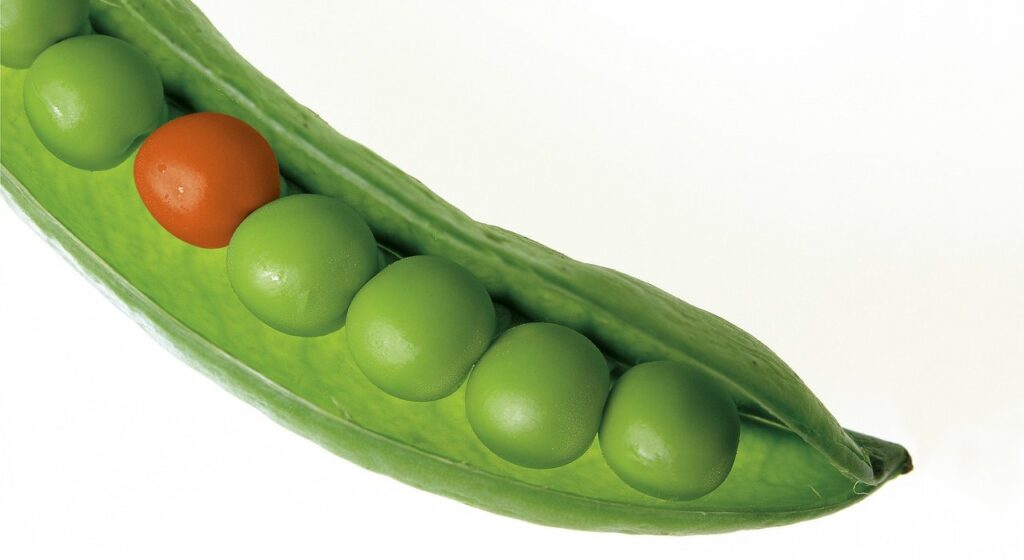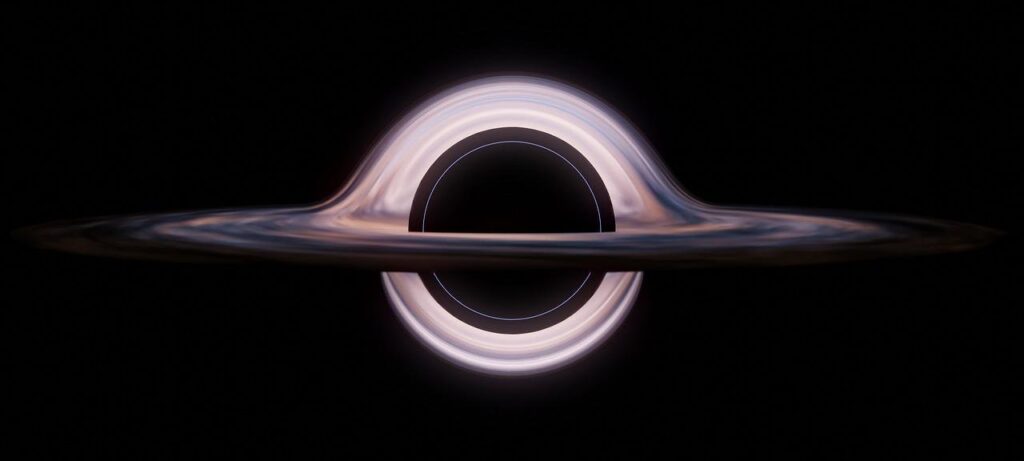March 3, 2023
The USPTO is currently operating an interim process for Director review in response to the Supreme Court’s decision in United States v. Arthrex, Inc., 141 S.
Read more
February 16, 2023
In the 1960s the Federal Circuit’s predecessor court, the Court of Customs and Patent Appeals (CCPA), established a “flavor” of anticipation that did not require an
Read more
February 3, 2023
Ex parte Fox is a recent decision of the Patent Trial and Appeal Board (PTAB) addressing the interpretation of a Markush group in a claim rejected
Read more
January 20, 2023
U.S. examiners often combine two or more references in making an obviousness rejection. Sometimes, a possible argument against obviousness is that there would not have been
Read more
December 1, 2022
In Ex parte Langenfeld (Appeal 2021-004075), the Examiner rejected the claims as obvious over a combination of prior art references and based on the theory of
Read more
October 17, 2022
Mylan Pharm. v. Merck Sharp & Dohme Corp., No. 2021-2121 (Fed. Cir. Sep. 29, 2022), is a recent decision of the Federal Circuit considering, inter alia,
Read more
October 4, 2022
In Ex parte Makarova (Appeal No. 2022-002730), the examiner rejected the claims as obvious based on a combination of references. The PTAB reversed, finding important differences
Read more
September 23, 2022
On June 21, 2022, the Federal Circuit decided Novartis Pharm. Corp. v. Accord Healthcare, Inc., No. 2021-1070 (Fed. Cir. June 21, 2022) finding that a negative limitation
Read more
September 9, 2022
Ex parte Ihn is a recent decision of the Patent Trial and Appeal Board (PTAB) addressing obviousness and enablement of a claim directed to an organic
Read more
September 2, 2022
This summer the Supreme Court denied certiorari in (i.e., declined to review) American Axle & Mfg. Inc. v. Neapco Holdings LLC. To many patent practitioners in the
Read more










